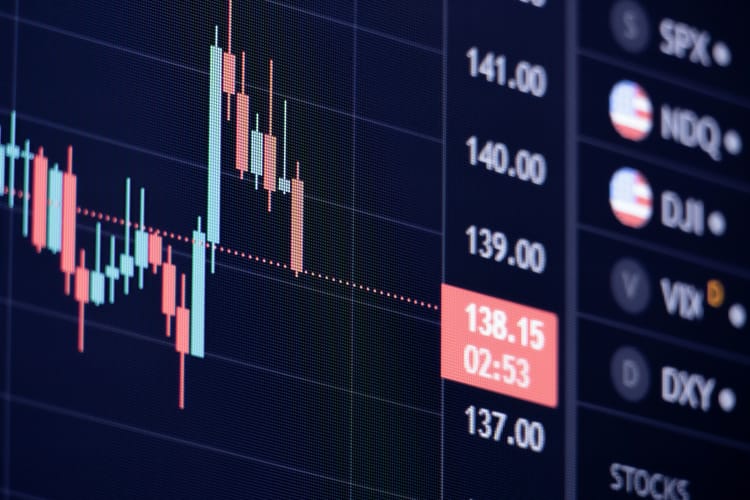What are Supply and Demand Zones in Trading, and how can I trade around them?
What are Supply and Demand Zones in Trading?
Supply and demand zones are places on a price chart where there is a high concentration of purchasing or selling activity. Unlike single-line support and resistance levels, these zones encompass a wide range of values and show areas where prices have historically moved strongly, sometimes due to huge orders from institutional traders or market makers.
When a price enters a demand zone, it indicates a high concentration of buyers who are likely to push prices higher, resulting in a support area. In contrast, a supply zone shows high selling interest, and sellers may push prices lower, producing resistance.
These zones are frequently formed following rapid price movements, leaving behind levels where orders were partially fulfilled or delayed. This is why pricing frequently reacts when it returns to these zones, either rising from demand or falling from supply.
Why Supply and Demand Zones matter to traders?
For traders, supply and demand zones provide insight into future price reactions and highlight high-probability regions for initiating or quitting transactions. Using these zones allows traders to make better educated judgements about entry locations, exits, and stop-loss placements, knowing that price will respond at these levels.
Supply and demand zones are very useful for technical traders who want to capitalize on price movements by positioning trades near them. For beginners, understanding these zones deepens basic support and resistance notions and provides an organized way to evaluate market movements.
How to Identify Supply and Demand Zones on Price Charts?
To find a demand zone, check for places where prices have quickly risen after consolidating, indicating high buying desire. These zones are typically characterized by a sharp increase in price following a consolidation. This indicates that buyers entered the market with significant force.
A supply zone, on the other hand, arises when prices fall abruptly following a period of consolidation, indicating that selling pressure is considerable and that the market may encounter resistance at these levels.
Experienced Traders generally label these zones on the chart as rectangles or shaded regions that encompass the price range where the strong movement occurred. The top of a demand zone represents the peak of the initial consolidation before the price rises, whereas the bottom of a supply zone represents the lowest point before the price declines.
Once supply and demand zones have been discovered, traders can monitor price movements, such as reversals or breakouts. A significant reaction in these zones shows that the underlying buying or selling pressure is still present, which could lead to trading opportunities.
The Impact of Volume on Supply and Demand Zones

Volume is crucial in determining the strength of supply and demand zones. Not only to enter the trade, but Volume is also crucial for exiting the trade as well. When prices hit a supply or demand zone, the number of trades can help predict whether the market will revert or break through these levels.
A rise in volume when the price approaches a demand zone indicates that buying interest is increasing. This increase in volume suggests that more buyers are entering the market, potentially leading to a price reversal or upward trend. The bigger the volume in the demand zone, the more likely it is that purchasing pressure will outweigh selling pressure, resulting in a price rebound or breakout.
In contrast, a jump in volume as the price approaches the supply zone indicates increased selling interest. When big sell orders enter the market, they exert downward pressure on prices, increasing the likelihood that prices may reverse or fall further. High volume in a supply zone indicates that there is adequate selling power to drive prices lower, reinforcing resistance at that level.
Volume can also help traders determine the quality of a supply or demand zone. A demand zone with limited volume could signal that the purchasing pressure is insufficient to create a significant price reversal. Similarly, a supply zone with diminishing volume may indicate weakening selling pressure, making a breakout more likely.
External influences on supply and demand zones.
External factors such as economic news, earnings reports, geopolitical events, and broader market conditions can all have an impact on the strength and behavior of supply and demand zones. While these zones are primarily influenced by the dynamics of buying and selling pressure within the market, external factors can affect the market mood and modify the supply-demand balance.
For example, excellent news or earnings reports from a corporation might boost demand for its stock, causing prices to rise and strengthening existing demand zones. In contrast, negative news—such as disappointing earnings reports, legal troubles, or a product recall—can raise selling pressure, potentially changing an established demand zone into a supply zone if the negative attitude leads to more sellers joining the market.
Macroeconomic events, interest rate adjustments, inflation data, and economic downturns can all have an impact on the supply and demand dynamics of the market as a whole. For example, rising interest rates raise borrowing costs, which can lower consumer spending and business profits, resulting in greater stock market selling. In such instances, supply zones may become more visible as sellers dominate the market and drive prices lower.
Geopolitical events such as political instability, wars, and trade tensions can cause market uncertainty, resulting in swings in supply and demand. During a geopolitical crisis, investors may rush to safe-haven assets, driving up demand for gold or government bonds while dumping riskier assets like stocks. This can alter demand zones in some assets while boosting supply zones in others.
Finally, market sentiment and larger financial conditions, such as significant index or sector performance, can have an impact on the strength of supply and demand zones. For example, in a bull market, demand zones are more likely to hold because investor confidence is high, yet in a bear market, supply zones may become more dominant as fear and pessimism rule the market.
What is the Difference between Supply and demand zones and support and resistance levels?
While supply and demand zones, as well as support and resistance levels, relate to price locations where market players expect price reversals or stalls, they are not synonymous. This is how they differ:
|
Aspect |
Supply
and Demand Zones |
Support
and Resistance Levels |
|
Concept |
Represent areas where significant
buying (demand) or selling (supply) has occurred, causing price reversals. |
Represent price levels where price
has historically reversed or stalled. |
|
Formation |
Formed based on price action and
large moves, usually at areas of high volume or accumulation/distribution. |
Formed at specific price points
where price has historically reversed (swing highs/lows). |
|
Price Level |
Broader areas or zones where price
movement has been significant. |
Specific price levels (horizontal
lines) where price reversals have occurred. |
|
Behavior |
Dynamic—can change based on price
action and market conditions (a demand zone may become a supply zone after a
breakout). |
Static—generally remains fixed
until broken, then may turn into new support/resistance. |
|
Market Psychology |
Reflects market imbalances between
buying and selling pressure. |
Reflects areas where past buying
or selling pressure led to reversals. |
|
Flexibility |
More flexible, can cover a range
of prices within a zone. |
More precise, usually identified
as exact price points. |
|
Trading Strategy |
Traders look for reversals or
breakouts from these zones, often waiting for confirmation signals. |
Traders buy at support and sell at
resistance, assuming price will reverse at these levels. |
|
Example |
A demand zone could form at a
price range where strong buying occurred, leading to a price rise. |
A support level could be the
recent low point where the price reversed upward in the past. |
|
Time Sensitivity |
Zones can change over time based
on the accumulation or distribution of assets. |
Levels remain relevant until
broken and retested or until market conditions change. |
Supply and Demand Zones in Different Market Phases
Market stages such as accumulation and distribution play an important role in the formation and evolution of supply and demand zones. Understanding these phases can help traders discover regions with high price movement potential and anticipate forthcoming breakouts.
Let's look at how supply and demand zones behave during different market periods.
1.Accumulation Phase (Buy Phase)
The accumulation phase is when prices move sideways or consolidate within a range. During this phase, market participants buy shares or assets at cheaper prices, usually in a demand zone.
As buying pressure rises, a demand zone emerges at the lower end of the range, where buyers are more likely to enter. When the price returns to this area, it frequently finds support, as demand from institutional buyers continues to drive the price higher.
Identifying a demand zone during an accumulation period can indicate a market trend towards upward movement, as purchasers absorb the supply of assets at that level. This makes it a great entry point for traders trying to profit from a potential breakout.
2.Distribution Phase (Sale Phase):

The distribution phase occurs after a strong uptrend and the market reaches its peak. During this phase, institutional traders and huge investors begin to liquidate their positions at higher prices, resulting in supply zones.
A supply zone emerges at the top of a range when selling pressure overcomes purchasing demand, typically owing to profit-taking by major traders. This zone represents a level where price is expected to encounter resistance.
Identifying a supply zone during a distribution phase may indicate a negative price trend as the market shifts towards selling. Traders can use this knowledge to plan short positions or exit long trades ahead of a possible decline.
3.Phase Transition (Breakouts and Breakdowns):
During market transitions (e.g. accumulation to uptrend or distribution to downturn), supply and demand zones can herald breakouts or breakdowns.
A price breach above a supply zone during a transition from accumulation to an uptrend can indicate a bullish market with further upward momentum.
If prices fall below a demand zone during a shift from distribution to a downtrend, it may indicate a bearish market and potential sell-off.
Identifying these zones and the phases to which they belong allows traders to position themselves for good transactions and predict probable breakouts or breakdowns. Recognizing when a market is in the accumulation or distribution phase, as well as how supply and demand zones are evolving, provides traders with an advantage in determining market direction.
Trading Strategies for Supply and Demand Zones
When trading in supply and demand zones, it is critical to have a clear strategy that includes risk management and price confirmation. The following are some specific trading tactics to consider while working with these important levels:
1.Waiting for confirmation before entering demand zones:
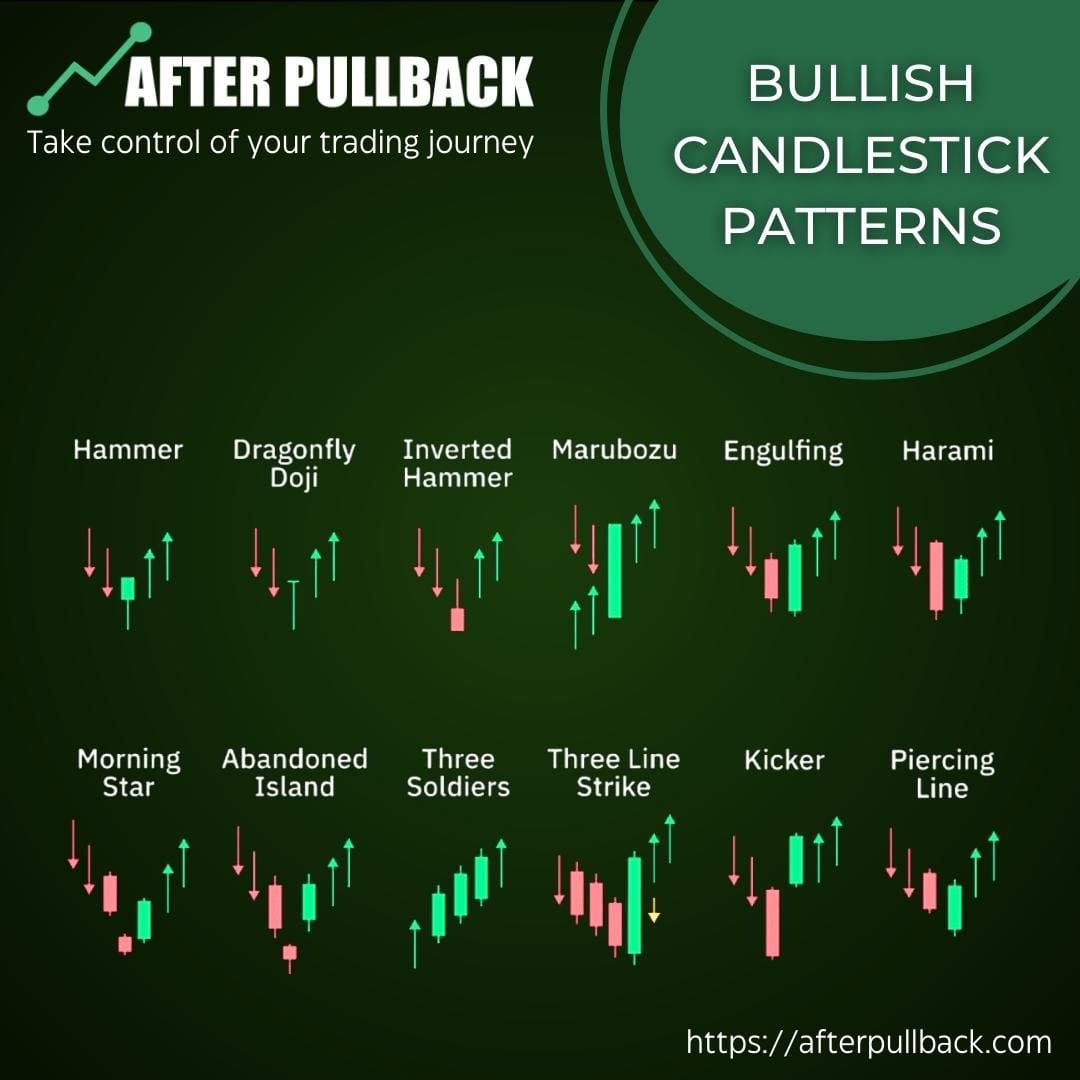
Strategy: Wait for confirmation of increased buying pressure before entering a trade at a demand zone. Confirmation could take the shape of a bullish candlestick pattern (such as a hammer or engulfing pattern) or the break of a trendline, indicating that the price is more likely to reverse upward from the demand zone.
Why it Works: This method filters out false signals. Prices can occasionally plummet into demand zones, only to momentarily recover before falling further. Waiting for confirmation allows traders to ensure that the price is responding to the demand zone, boosting the likelihood of a successful trade.
2.Set Stop Losses Above Supply Zones:
Strategy: To minimize risk, enter a trade at a demand zone and put your stop loss just below it. Similarly, when beginning a short trade in a supply zone, set your stop loss immediately above it. This protects your capital if the price breaks through the zone, indicating that the initial analysis was erroneous.
Why it Works: This strategy limits losses in case of unexpected price movements. Tightening your stop-loss placement near the zone allows you to risk a tiny percentage of your capital while still allowing the transaction to run its course.
3.Using Multiple Timeframe Analysis to Improve Trade Setups:
Strategy: Assess supply and demand zones across several timeframes. For example, a demand zone evident on a daily chart may be more relevant than one on a 15-minute chart. A wider temporal zone is likely to have a greater impact on price movement.
Why it Works: Multiple timelines validate the zone's legitimacy. A demand zone that matches over many timescales (for example, daily and 4-hour) is more likely to hold than one that just shows on a lower timeframe.
4.Combining With Other Technical Analysis Tools:
To improve the efficiency of supply and demand zones, combine them with additional technical indicators like moving averages, RSI, or MACD.
A demand zone combined with an oversold position on the RSI may lead to a price reversal.
Similarly, a supply zone with a bearish divergence on the MACD may indicate increased selling pressure.
Why it Works: Supply and demand zones alone may not give sufficient confirmation for trades. Combining these zones with other indications increases the precision of your setups and your chances of success.
5.Breakout and Retesting Strategy:
One effective strategy is to trade breakouts and retests of supply and demand zones. For example, if price breaks through a demand zone, it may indicate the beginning of a new decline. In this situation, traders would wait for a retest of the broken demand zone, which is now behaving as a supply zone, before entering the trade on confirmation.
Why it Works: Breakouts and retests provide optimal risk-reward possibilities. The retest provides a lower-risk entry opportunity, and traders can set their stop-loss just outside the newly established zone, resulting in a better risk-reward ratio.
6.Range Trading Strategy:
In range-bound markets where prices move sideways between supply and demand zones, traders might use a range trading method. This entails purchasing at demand zones and selling at supply zones, taking advantage of price fluctuations within the defined range.
Range trading is effective in a steady market with obvious supply and demand zones, allowing for consistent profits by buying low and selling high. However, fake breakouts or breakdowns should be avoided since they may indicate a shift in market structure.
Using these tactics, traders may better navigate price activity around supply and demand zones. Combining these critical levels with other technical analysis tools and confirmation methods improves the likelihood of a successful trade. Furthermore, controlling risk with well-placed stop losses and being aware of market context allows traders to preserve their cash while capitalizing on prospective market changes.
Conclusion
Incorporating supply and demand zones into your trading strategy enhances market analysis by highlighting areas of strong buying or selling pressure. Unlike traditional support and resistance levels, these zones offer a deeper understanding of price action, revealing likely reversal or breakout points.
Recognizing supply and demand zones helps traders identify high-probability entry and exit points. These zones reflect market sentiment and can indicate future price movements, especially during key phases like accumulation and distribution. By combining these zones with other technical tools and sound risk management strategies, traders can improve their accuracy and manage risk effectively.
Overall, supply and demand zones are essential for anticipating market shifts, providing traders with the insight needed to make more informed decisions and capitalize on potential price movements.
Trade Smarter!




